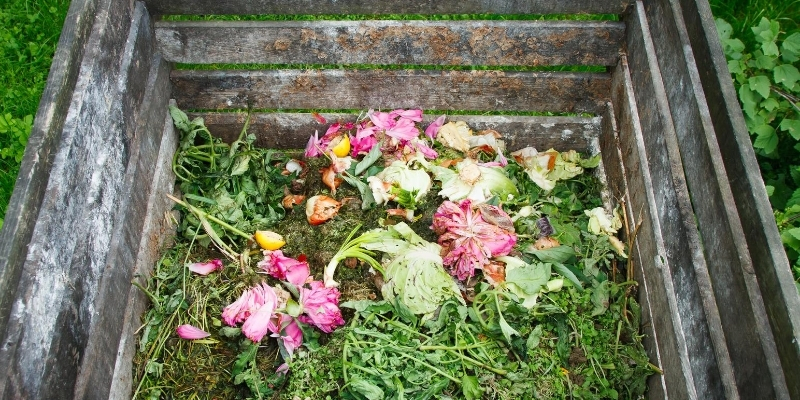Backyard Compost
Backyard composting requires a little bit of space, a bin, and a basic understanding of the composting process. Compost provides a long-term source of many nutrients not typically found in Colorado’s soils. Compost also helps your soil hold water longer.
See the EPA’s guide on backyard composting to get started
What to include in backyard composting:
|
Greens (Nitrogen-rich)
|
Browns (Carbon-rich)
|
|
Fresh grass clippings
|
Dry leaves
|
|
Garden trimmings
|
Dried grass clippings
|
|
Fruit and vegetable scraps
|
Hay or straw
|
|
Eggshells
|
Sawdust
|
|
Coffee grounds & filters
|
Shredded paper
|
|
Tea bags
|
Finely chopped wood chips & bark
|
|
Manure (plant eaters only)
|
Old potting soil
|
What NOT to include in backyard composting:
-
Meat, fish, poultry and bones
-
Dairy products, oils, grease, and fat
-
Weeds with seeds
-
Pet (dog and cat) waste
-
Charcoal or Duraflame® ashes
-
Treated wood products
-
Cat litter
Remedies for when your pile Is not composting
|
What if…
|
Possible Cause
|
Suggested Remedy
|
|
Pile not composting
|
Too dry
|
Add water until slightly damp and turn
|
|
Pile not composting
|
Too much brown matter
|
Add fresh green matter (see chart above) and turn pile
|
|
Pile smells rotten and/or attracts flies
|
Too wet and/or too many food scraps or lawn clippings
|
Add brown material (see chart above), particle size of 1-2 inches will keep pile from matting down
|
|
Pile smells rotten and/or attracts flies
|
Not enough air
|
Turn it
|
|
Animals in pile
|
Not maintaining or turning pile
|
Bury food wastes and keep pile maintained and turned
|
|
Compost is damp and warm in the middle but no where else
|
Pile is too small
|
Collect more material and mix the old ingredients into the new pile
|
|
Center of the pile is dry
|
Not enough water
|
Moisten materials while turning the pile
|
|
Nothing is happening
|
Pile won’t heat up
|
May need moisture and more greens such as coffee grounds to kick-start the process again
|
Wintertime Composting:
Wintertime doesn’t have to bring a stop to composting your food and yard scraps. The process through which composting happens (microorganisms eating decaying organic matter) doesn’t stop during cold weather, but it does slow down. Learn how to weatherize your pile here!
Using Your Compost
Compost is ready for use when it is dark brown, crumbly and when the individual ingredients/items are not recognizable. You can use compost in two stages:
Finished Compost (all particles are broken down):
-
Use as a soil amendment in gardens (anytime)
-
Use as an ingredient for potting soil
-
Place around plants, trees, or on lawns as a mulch or top-dressing
Partially Finished Compost (all particles are not completely broken down):
-
Place around plants, trees, or on lawns as a mulch or top-dressing
-
Spread compost in your garden in the fall so it will enrich the soil over the winter to help your spring planting
Source: https://bouldercounty.gov/environment/composting/back-yard-composting